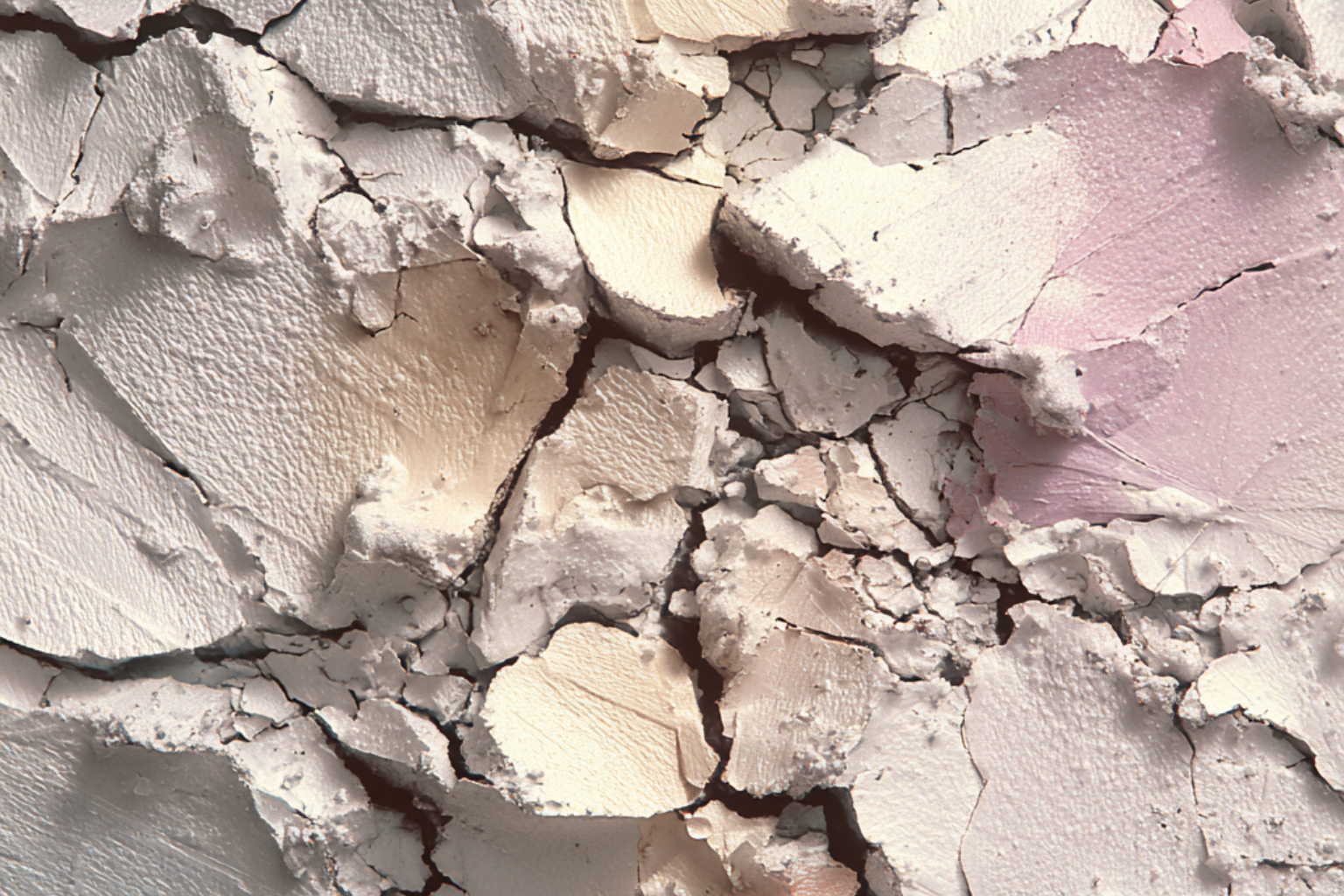What is Barium?
Barium is a naturally occurring alkaline earth metal found in the Earth’s crust. Because it is highly reactive, barium is never found in its pure form in nature—it always exists as compounds. The danger of barium depends largely on its solubility:
-
Insoluble compounds (like barium sulfate) are generally less harmful.
-
Soluble compounds (such as barium chloride) can dissolve into water and pose significant health risks when consumed.
While certain forms of barium have medical uses (e.g., barium sulfate in X-rays), long-term exposure to barium in drinking water can be harmful.
What Health Effects Does Barium Have?
According to the World Health Organization (WHO) and other public health agencies, exposure to elevated levels of soluble barium in drinking water can cause both short-term and long-term health effects.
Short-term (acute) exposure may cause:
-
Vomiting and abdominal pain
-
Diarrhea
-
Breathing difficulties
-
Numbness or tingling in the face and extremities
-
Blood pressure fluctuations
Long-term (chronic) exposure can lead to:
-
Hypertension (high blood pressure)
-
Cardiac arrhythmias (irregular heartbeat)
-
Muscle weakness
-
Damage to vital organs such as the kidneys and liver
Animal studies suggest that barium exposure may increase the risk of tumors, though evidence in humans is not conclusive.
How Does Barium Get Into Tap Water?
Barium enters drinking water through both natural processes and human activity:
-
Geological sources: Erosion and leaching of rocks and soils naturally release barium into groundwater and surface water.
-
Industrial activities: Oil and gas drilling, mining, and certain manufacturing processes can disturb barium-rich rock and increase contamination of nearby water supplies.
-
Infrastructure: In some areas, aging water systems can contribute to elevated barium levels in local supplies.
Who is Most at Risk?
While barium can affect anyone, certain groups face greater risk:
-
People with high water consumption (families, athletes, outdoor workers) are more likely to ingest larger amounts of barium.
-
Individuals with pre-existing cardiovascular or kidney conditions may experience worsened symptoms when exposed.
-
Children and pregnant women, due to developing bodies and higher sensitivity, are more vulnerable to the long-term health effects of exposure.
-
Communities near drilling, mining, or industrial sites often face higher contamination risk in both private wells and local water supplies.
Guidelines and Regulations
Global health authorities regulate barium levels to reduce public risk:
-
The U.S. Environmental Protection Agency (EPA) has set a Maximum Contaminant Level (MCL) of 2,000 parts per billion (ppb).
-
The World Health Organization (WHO) guideline is lower, at 700 ppb, based on long-term health protection.
These limits highlight the gap between what is legally allowed and what is considered safest for health.
How to Avoid or Remove Barium from Your Water
Boiling water does not remove barium—in fact, it may concentrate levels if water volume is reduced. Bottled water isn’t guaranteed safe either, as some brands draw from sources naturally high in barium.
The most effective methods for reducing soluble barium in drinking water include:
-
Ion exchange and reverse osmosis (used in large-scale water treatment facilities).
-
Advanced home filtration systems specifically engineered to target heavy metals.
At PuraHome, our nanofiltration technology is independently tested to reduce soluble barium compounds at the tap. Unlike standard jug filters or simple carbon filters, our systems are built to protect families from contaminants like barium that often go unnoticed.





Leave a comment
This site is protected by hCaptcha and the hCaptcha Privacy Policy and Terms of Service apply.